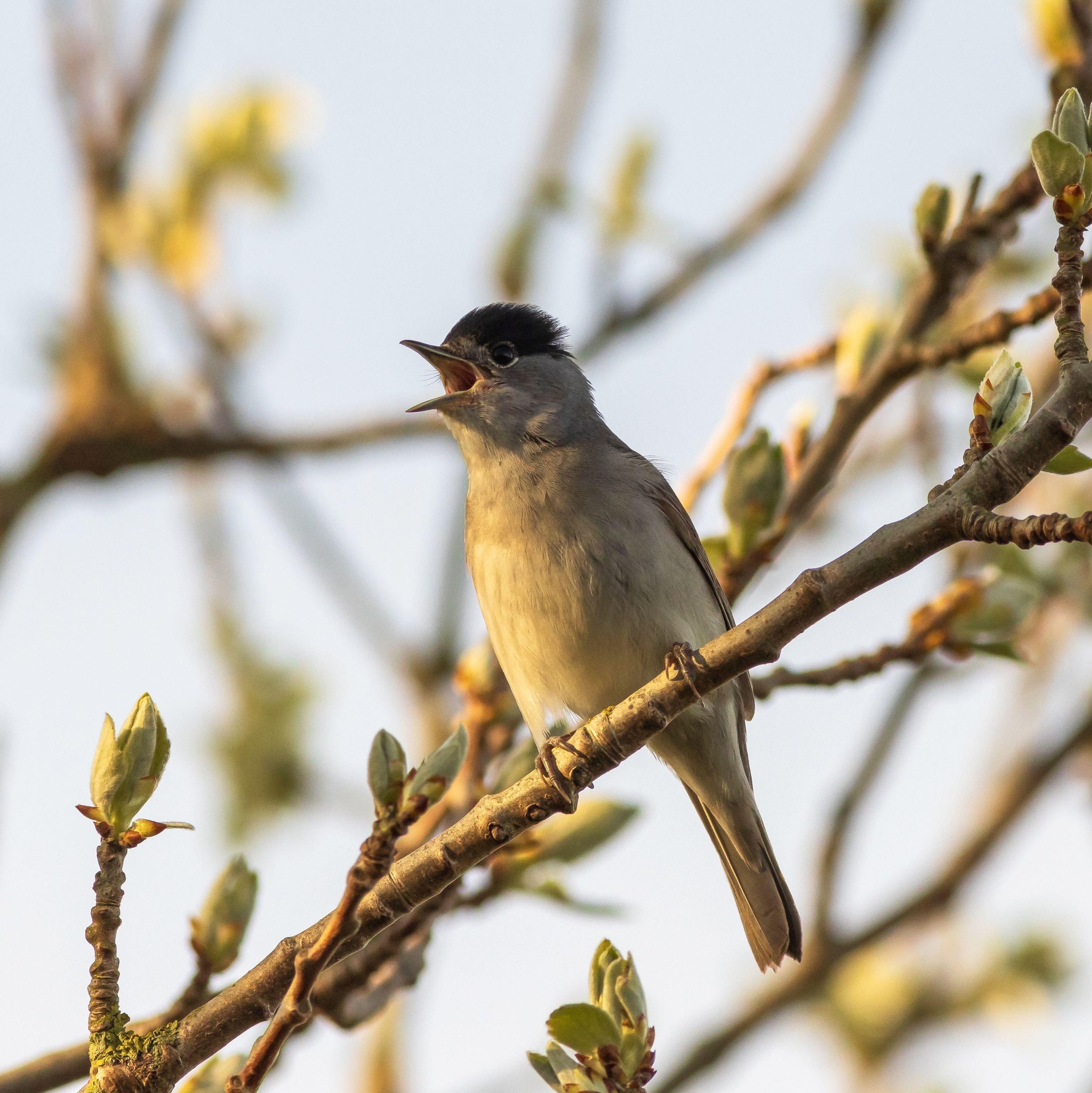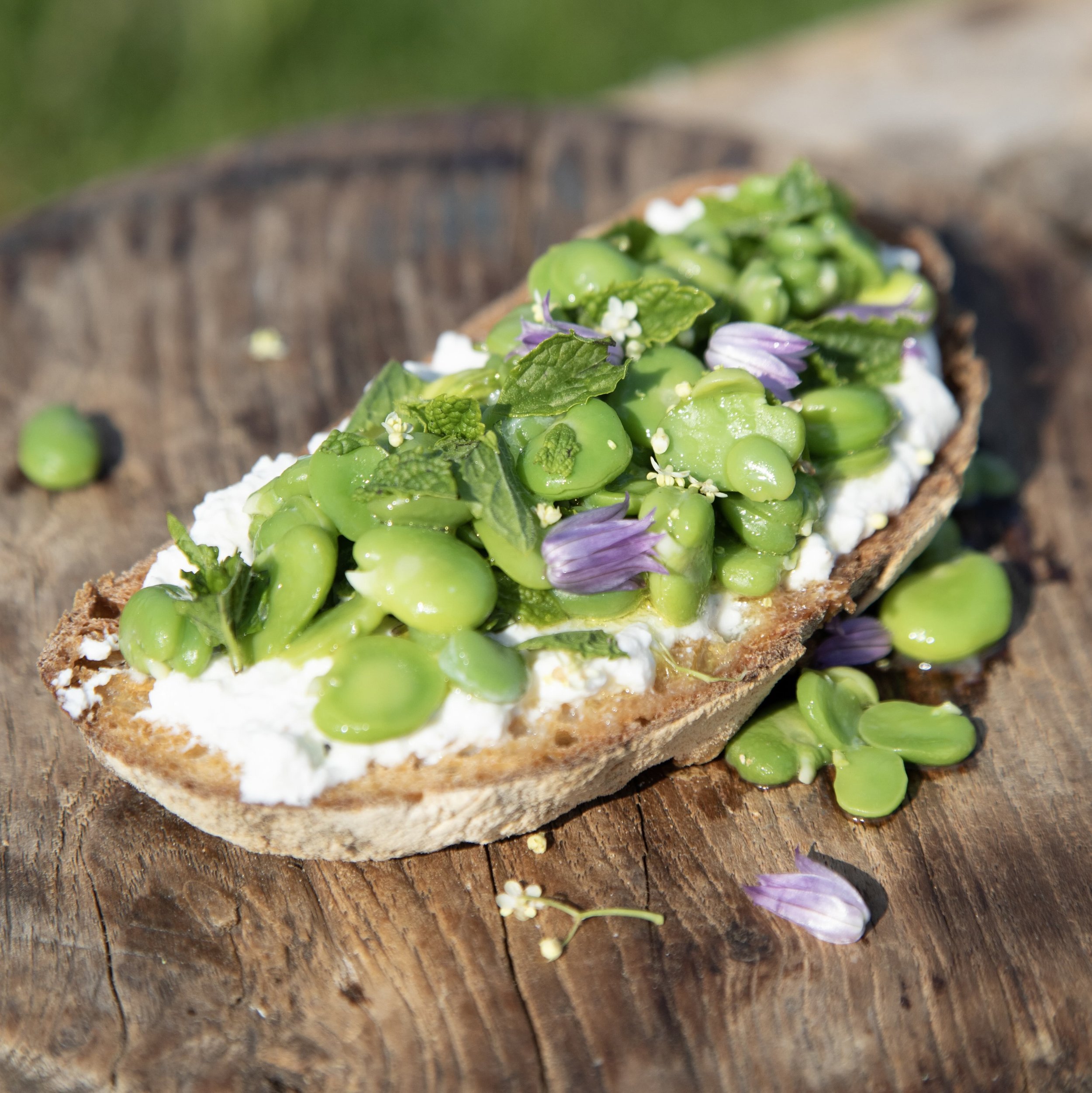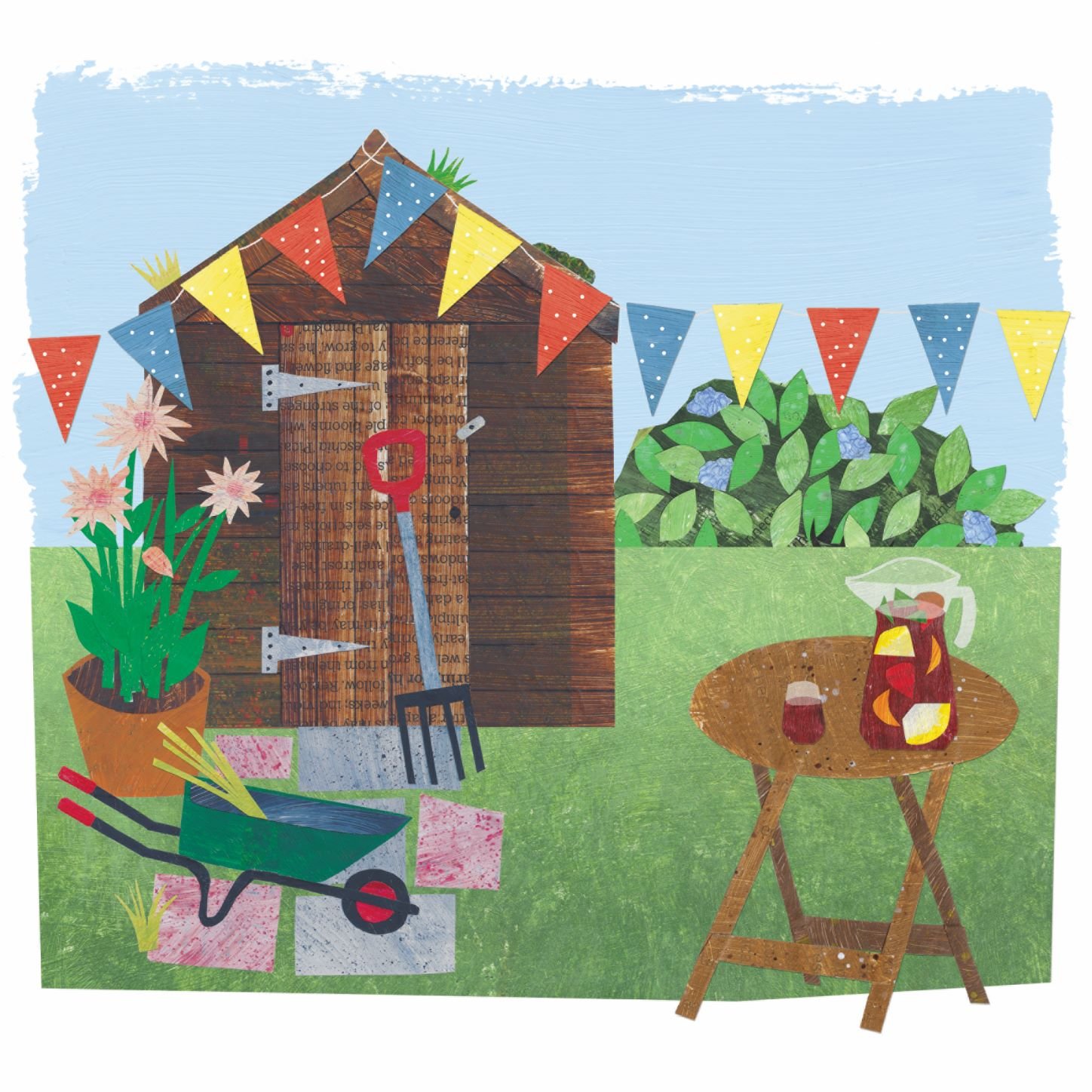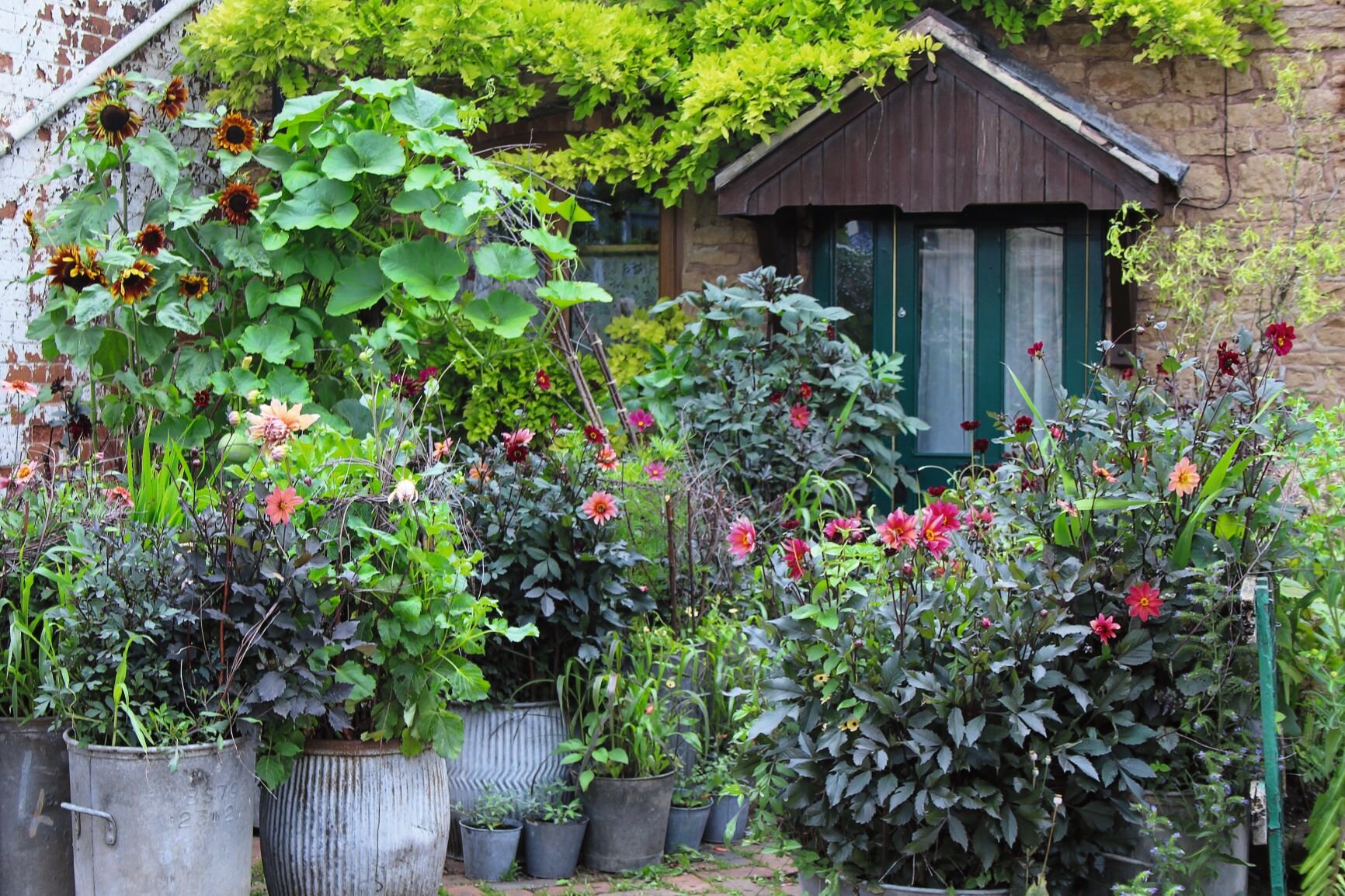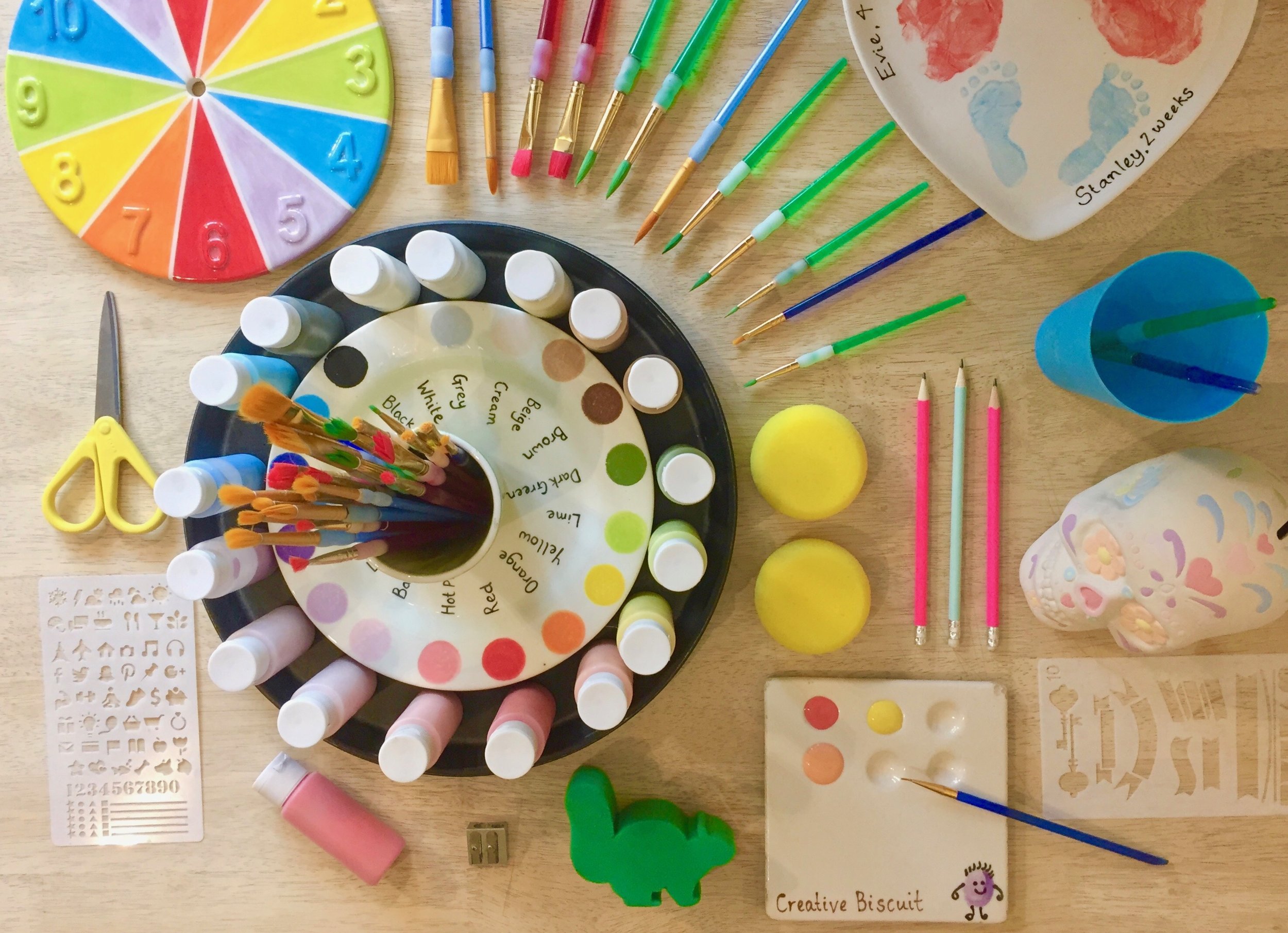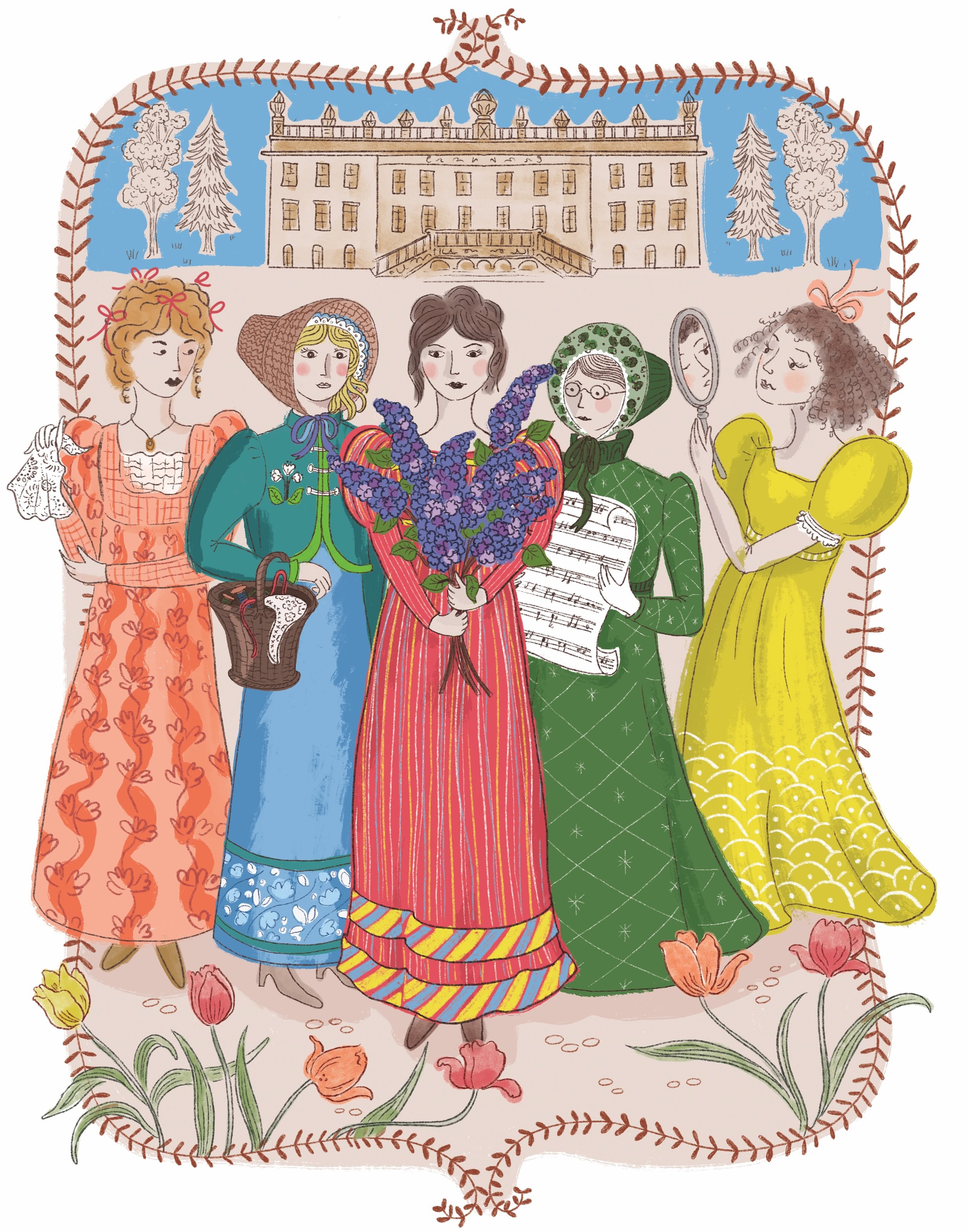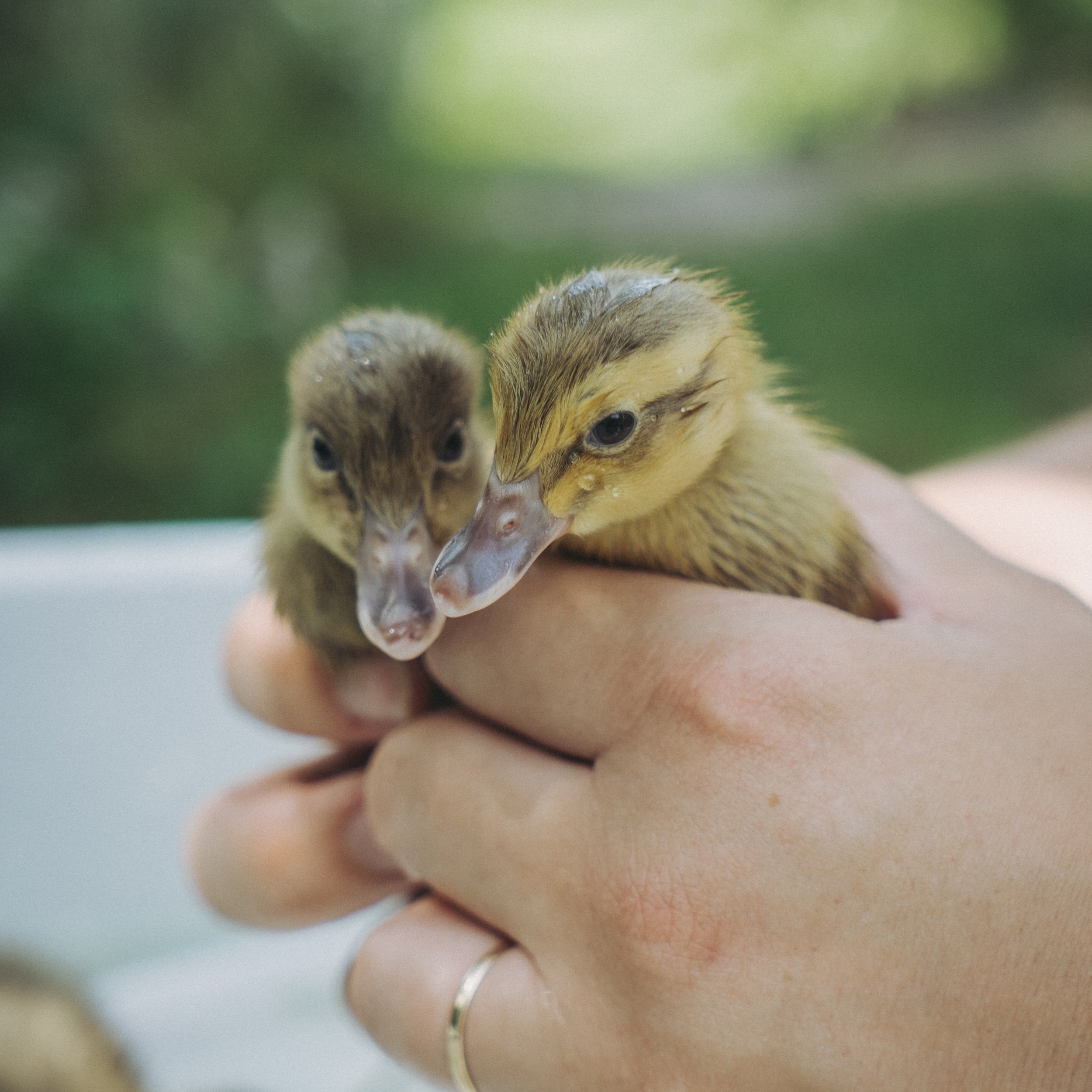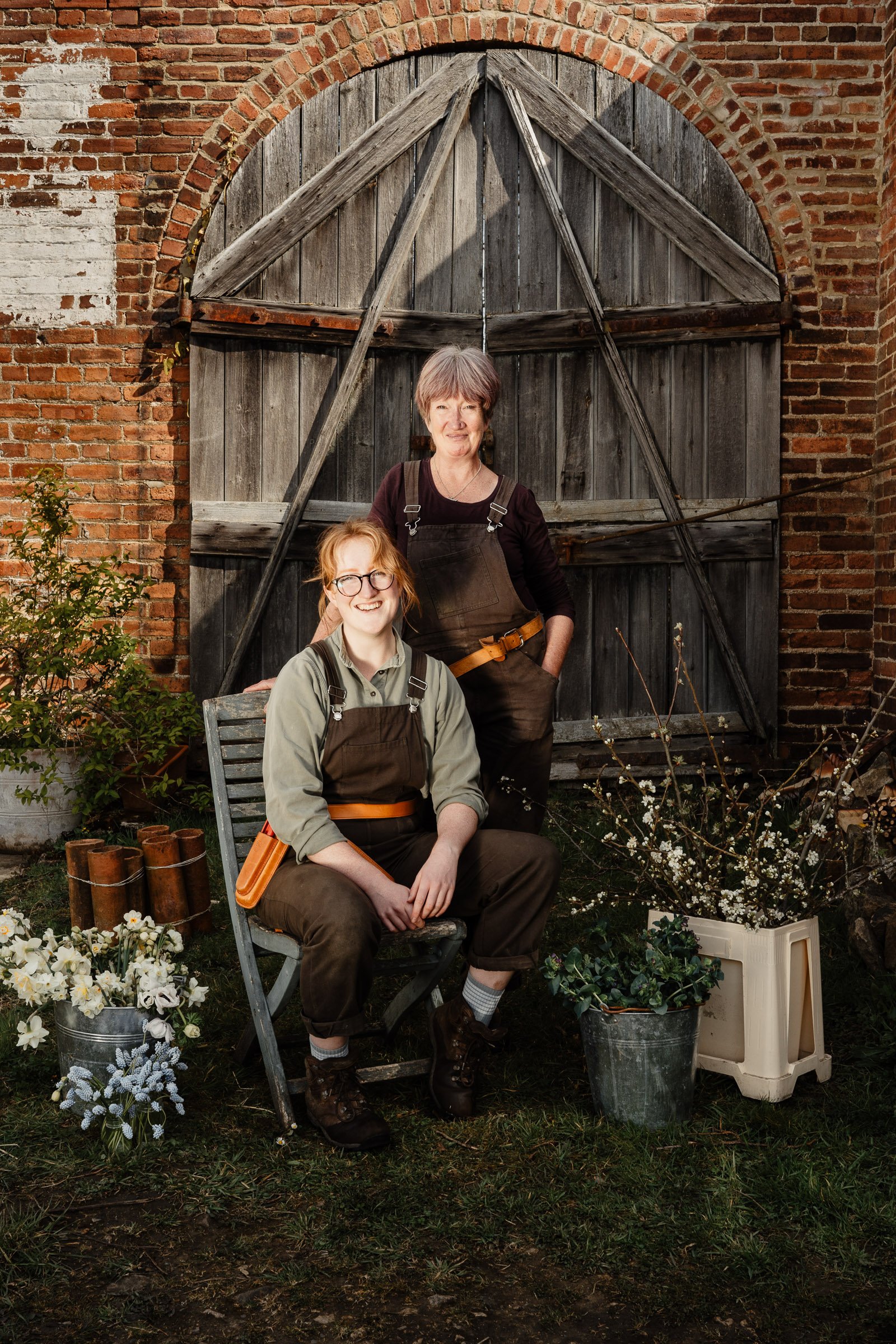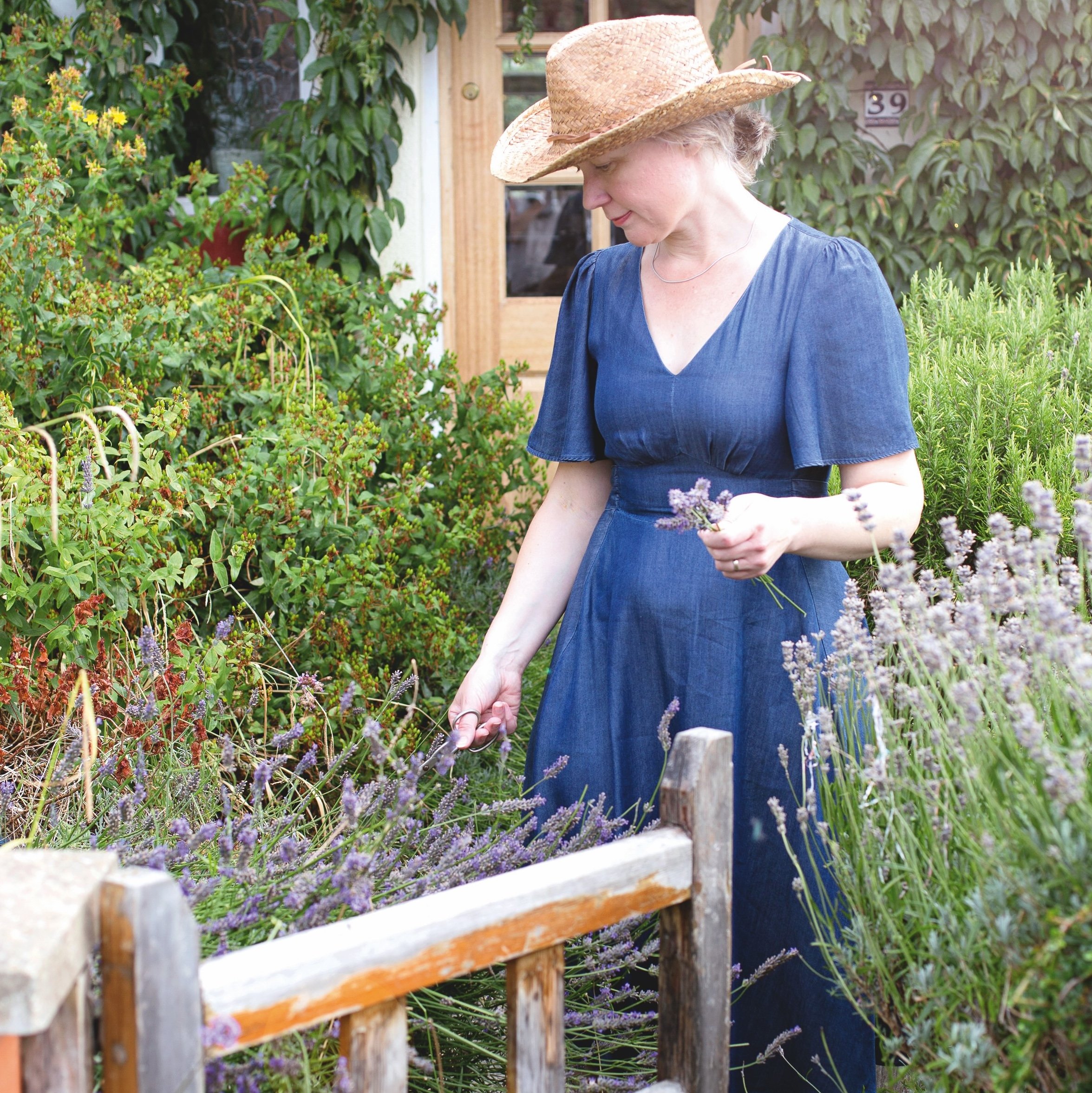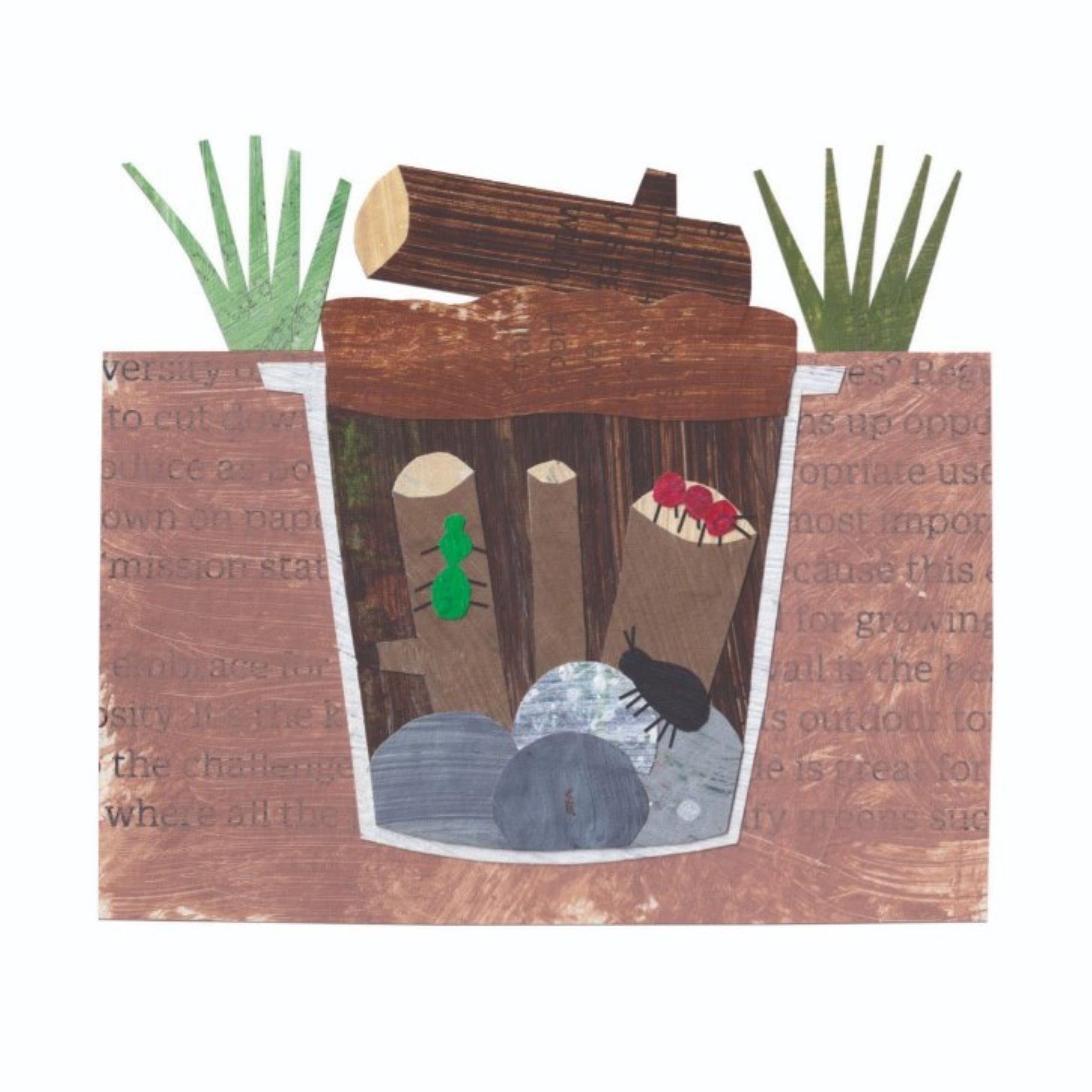Escape into your own company for a clandestine day off all to yourself
Seeing family and friends is one of the great joys of Christmas time, but the endless round of get-togethers can take its toll. Taking a day just for yourself between Christmas and New Year is an easy way to ensure you remain on top festive form, and it feels even more special when it’s a bit clandestine.
Before you begin planning your Secret Christmas Day Off (SCDO), you’ll need to prepare the ground. If you share a home with others and are planning to spend your SCDO at home, it’s a good idea to buy the others some tickets to something they will enjoy (and preferably something you couldn’t be less interested in) so you can be sure they clear off for the day. Write something on the calendar that will fool anyone who happens to be standing in your kitchen, so when they ask you over for yet more festive drinks you can glance at it and declare “Oh, darn it! Looks like I’m doing my speed awareness course on that day. How very annoying!” (or similar).
Now the ground is laid, the game is afoot. All that’s left is to decide what you will do with your SCDO. Chances are, you already have a list of all the things you would love to do if you ever had the chance but if not, here are ten ideas that might act as starting points.
1. Head to the coast. Blow away the Christmas cobwebs with a splash in the sea (or just a quick paddle if it feels a bit nippy and you’re not an experienced outdoor swimmer). Pack plenty of things to help you warm up after, and take a hot lunch or have chips on the beach.
2. Read a spooky book. Christmas is traditionally a time for ghost stories and there are plenty of spooky novels that you can knock off in a day. Try a collection of MR James short stories or go trad and read Dickens’ ‘A Christmas Carol’. Draw the curtains, light the fire and enjoy being a little scared (in a good way).
3. Have a cook up. If you didn’t have time for homemade mince pies or gingerbread before Christmas, now is your moment - and it avoids relegating the chestnuts and mincemeat to the top cupboard for another year. It’s also a brilliant way to see off any leftovers. Sprout kimchi, anyone? The freezer should be emptyish post Christmas so you’ll have plenty of space for stashing away homemade treats to make January a little fancier.
4. Get a train to a town with an excellent cafe and some decent shops for mooching in. Bonus points if it has great charity shops too, which should be bulging with unwanted bargains at this time of year. The journey is as important as the destination here, so look for a picturesque route if possible and take a book and a flask of tea to while away the journey.
5. Watch a box set while you cut up the Christmas cards for next year’s gift tags. You can choose whether you’re going to catch up on a series you missed out on this year or watch an old favourite… We are dusting off the BBC’s Pride and Prejudice already.
6. Visit a gallery and enjoy it at your own pace. Check what’s on and what’s open when as some will have different opening hours over Christmas, but most will be open from the 27th. You probably ought to have tea and cake in the cafe, too. That’s what we would do.
7. Have a duvet day. If ever there’s a time of year when you could really benefit from a day in bed, this is surely it. Start by getting up and showered (bear with us; this needs doing properly). Then, don nice, clean pyjamas (and maybe fresh sheets if you can muster the energy) and get back under the duvet for a day of rest. Listen to the radio or an audiobook, read, write some letters, phone a friend… do whatever you fancy to pass a few hours in a restful way. All meals should also be consumed in bed so get a tray and give your menu some thought. This is probably not the day for spaghetti Bolognese but it might well be the day for smoked salmon sarnies, posh cheese on toast and a box of chocolates.
8. Get a Good Job done. You know those jobs that somehow never make it to the top of the list, even though you would actually really enjoy doing them? Dedicate a day to one of those. It might be bottoming your wardrobe and refolding and organising everything in it. Perhaps you’d like to make all your photos into photo books so you can always access your happy memories. Maybe you’d like to reorganise all your wools, threads and craft materials into nice, neat storage. Whatever it is, the task should be enjoyable (we aren’t talking defrosting the freezer, here).
9. Take your senses on a day out. We all feel a bit sluggish at this time of year. Spend a day reawakening your five senses in whatever way you enjoy. Start with an aromatherapy massage, perhaps. Try out a sound bath if there’s one near you, or listen to a classical concert. Make lunch a tasting menu somewhere or go to a local vineyard for a wine tour and tasting.
10. Have a trip down memory lane. Rediscovering your past might feel a little self-indulgent but done alone, it can be just lovely to step back in time, rekindle memories and notice how far you’ve come without feeling you’re ‘dragging anyone around’ or not having enough time to stop and stare yourself. Take a walk past your childhood home, or maybe the home where your grandparents used to live and notice how the trees have grown and the building has changed over time. Wander around your old university town or somewhere else you lived only fleetingly and see what’s new. Or simply look up an old haunt and go for lunch in a cafe you once frequented regularly, have a swim in the pool where you once had lessons or watch a film somewhere you had a first date. A day spent reconnecting with your past can feel like a few hours spent in the company of your old self. A strangely comforting thought.
You can find more inspiration for things you could do this month in our regular ‘Could-do List’ at the front of every issue.
Buy this month's The Simple Things - buy, download or subscribe
More from our December issue…





